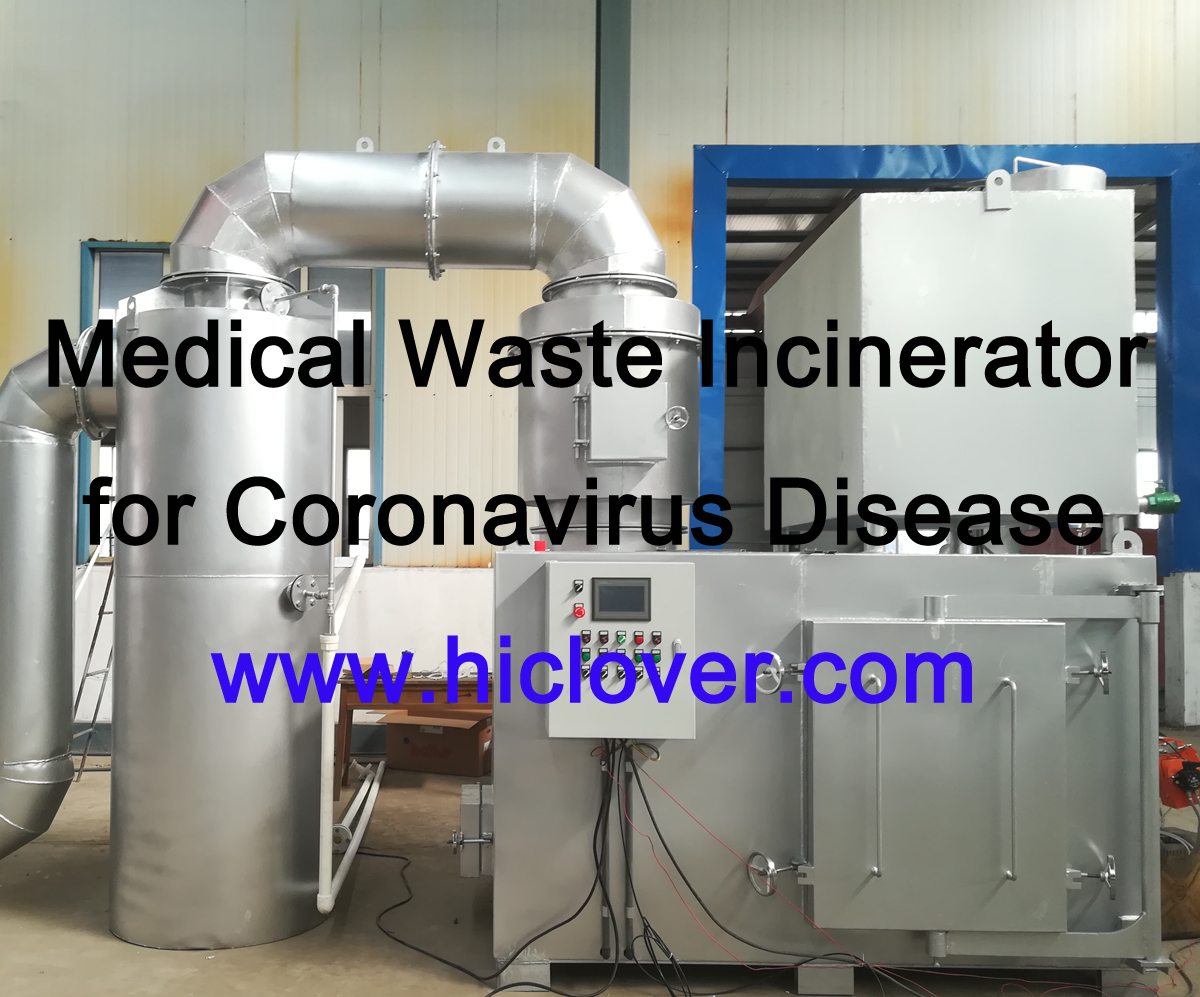Medical waste incineration is a critical process in healthcare facilities, as it helps to properly dispose of biohazardous materials and prevent the spread of infection and disease. Medical waste includes a wide range of materials, such as syringes, bandages, personal protective equipment, and other items that have been contaminated with blood or bodily fluids. Therefore, it is essential to use effective methods and technologies for incinerating these materials to ensure the safety of patients, healthcare workers, and the environment.
There are several methods and technologies used in medical waste incineration, each with its own advantages and limitations. Here, we’ll take a closer look at some of the most common methods and technologies used in this important process.
1. Controlled Air Incineration (CAI): This method uses a controlled amount of air to ensure complete combustion of medical waste. The waste is burned at high temperatures (typically around 800-1200°C) to destroy pathogens and reduce the volume of waste. CAI is considered to be an effective and reliable method for disposing of medical waste, as it can achieve a high level of destruction of harmful microorganisms.
2. Rotary Kiln Incineration: This technology involves a rotating cylinder that generates high temperatures to incinerate medical waste. It is designed to handle large volumes of waste and is well-suited for healthcare facilities that produce a significant amount of medical waste. Rotary kiln incineration is known for its efficiency and low emissions, making it a popular choice for medical waste disposal.
3. Microwaves: Microwave-based technologies use electromagnetic radiation to heat and sterilize medical waste. This method can effectively destroy pathogens and reduce the volume of waste without the need for high temperatures. Compared to traditional incineration methods, microwaves produce lower emissions and have a smaller environmental footprint.
4. Autoclaving: Autoclaving is a widely used method for sterilizing medical waste, particularly materials that are not suitable for traditional incineration. In this process, waste is treated with steam and high pressure to kill pathogens. While autoclaving does not reduce the volume of waste, it is an effective method for rendering waste harmless before disposal.
It’s important to note that regardless of the method or technology used, medical waste incineration must adhere to strict regulations and guidelines to ensure safety and environmental protection. Emissions from the incineration process must be carefully monitored and controlled to minimize the release of pollutants into the atmosphere.
Furthermore, advancements in medical waste incineration technologies continue to emerge, with a focus on improving efficiency, reducing environmental impact, and enhancing overall safety. Newer technologies incorporate features such as advanced gas cleaning systems, energy recovery, and automation to optimize the process and minimize the environmental impact.
In conclusion, medical waste incineration is a crucial process in healthcare facilities, and it is essential to use effective methods and technologies to ensure the safe and proper disposal of biohazardous materials. By utilizing advanced incineration technologies and adhering to strict regulations, healthcare facilities can effectively manage medical waste while protecting public health and the environment.



